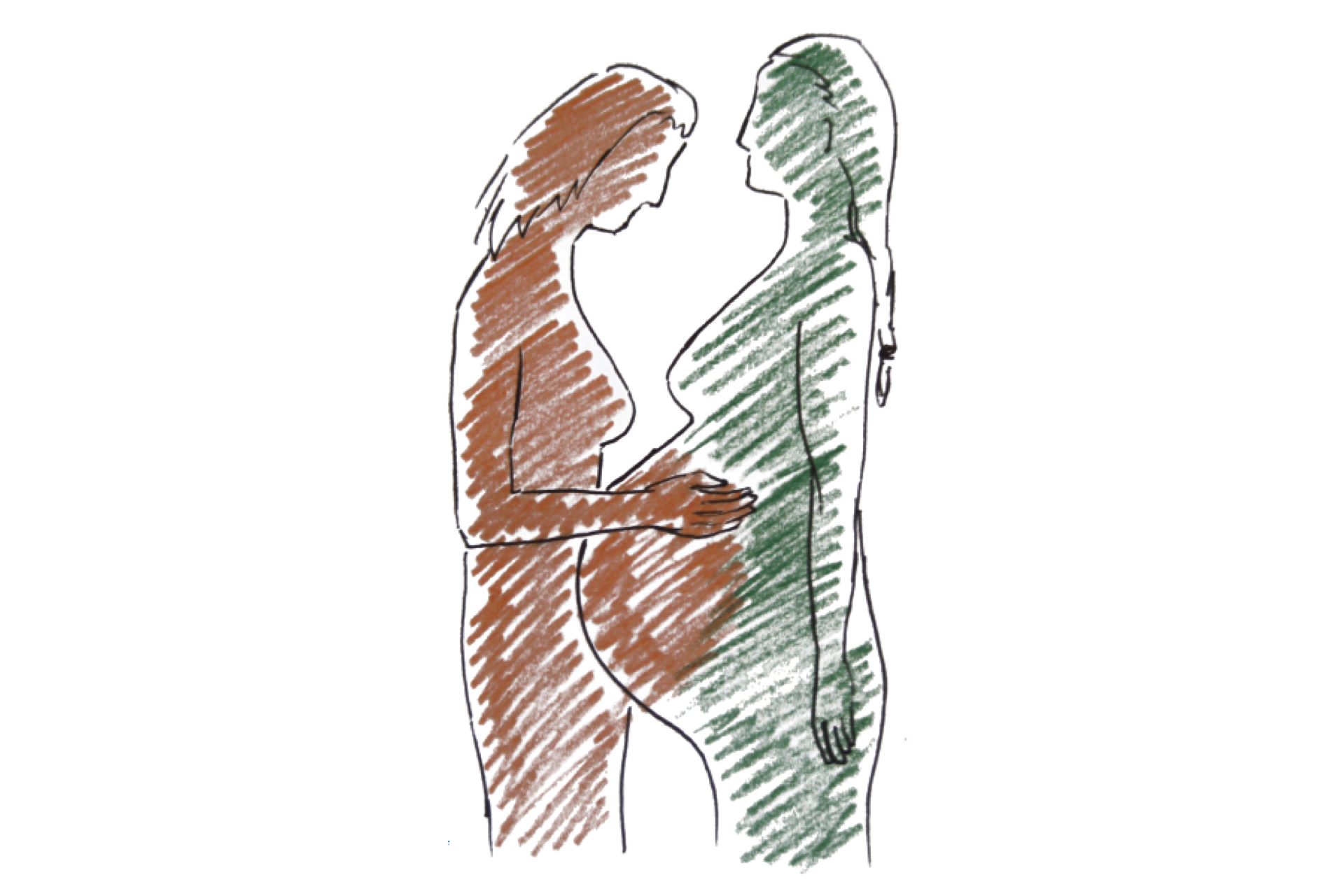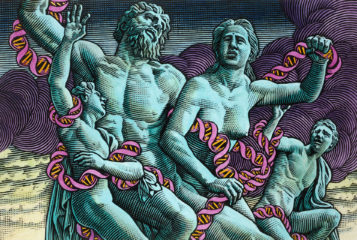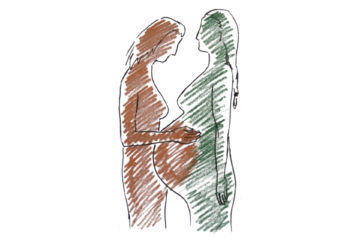At the recent Future Directions in Surrogacy Law conference, the risks that arise from marginalising the involvement of egg donors when discussing surrogacy arrangements were stark. The Law Commissions' 2019 consultation document – responses to which are currently being analysed – set the scene by making scant reference to egg donors, something we argued against at the time. Of course, a focus on legal parenthood inevitably concentrates, rightly, on intended parents (IPs) and surrogates. A child-focused legal framework needs to do much more if it is to adequately protect their lifespan interests and promote appropriate policy and practice.
Today surrogacy arrangements using a gestational surrogate and an egg donor (ie, not an intended mother using her own eggs) are common. Looking at the websites of surrogacy agencies internationally, one might be forgiven for thinking this is the only route. It is invariably presented as the preferred one. But preferred by whom and why? Our later contacts with parents who used this route, suggest that the traditional surrogacy option is all too often either not offered or strongly advised against. Parents are left realising too late that the egg donor brings an extra party (or two extra parties if double donation is involved), a genetic parent, into their child's and family's life.
Research and practice is now showing that some IPs are putting off talking to their child and others about their use of a donor even though talking openly about the surrogate. Children are growing up believing their surrogate is their genetic parent.
At the conference, surrogates and IPs spoke positively of their experience of forming relationships with each other on their surrogacy journeys, some continuing to present day. There were no egg donors on the platform nor any reference to them. We heard young people talking about the value of growing up knowing of their surrogacy origins and, in some cases, being in contact with the surrogate and her other children, their 'siblings'. But again, no reference to egg donors. We heard research findings that elicited surrogate-born young people's views about openness (they felt it right to know of their surrogacy origins) and parentage (they considered their parent(s) to be the one(s) raising them) but they had not been asked their views about their parent's donor. We heard research that found surrogate-born children in a longitudinal study had fared well but none had been conceived with donated eggs.
Why the gaps?
We have learnt lessons the hard way about the lifelong implications for donor-conceived (DC) people and their families and networks and for donors. We owe it to surrogate-born people and their families not to repeat those mistakes in surrogacy law and practice given that so many have the added complexity of having a gestational/surrogate 'parent' and a genetic/egg donor 'parent' as well as legal/raising parents.
It's now widely considered best practice for DC people to know of their origins from infancy and to have the opportunity to receive information about and/or have contact with their parent's donor and any donor-related genetic relatives. The Human Fertilisation and Embryology Authority (HFEA) is currently inviting debate about whether donors should be identifiable sooner than the current age requirement of 18 in recognition of changing times and understanding of these genetic connections, not least with the advent of direct-to-consumer DNA testing.
Although there is an HFEA-funded voluntary register for DC adult siblings it excludes the non-DC offspring of donors and that too needs to change. There is no mechanism for relatives of donors to make information available to offspring, including after the donor has died, and neither is there a mechanism for either party to reliably provide or receive crucial genetically-related information – all areas under consideration for change.
Where is the debate about such DC-related openness in the surrogacy legal framework?
We are delighted that some UK surrogacy agencies are now making available the use of donors who are known to the IPs and surrogates from the start so the child's full story can be told and relationships can develop if desired. Ironically, the current UK legal system requires IPs to know the surrogate's identity and we welcome that many surrogacy agencies promote relationship-building between them. There is thereby no denying that they are a real person. And yet the narrow focus on whether it should be the surrogate or the IP who is the legal parent at birth is obscuring debate about where, when and how the donor (and their identity) fits into the child's life and instead leaves them hovering in the shadows, unreal, a missing piece of the child's jigsaw.
Those keen to advocate for surrogacy as an acceptable route to family life risk jeopardising its success in their side-lining of donors. Relationships forged only between surrogates and IPs, or IPs' focus on the surrogate alone may prove a barrier down the line for encompassing an offspring's growing interest in their genetic parent and associated genetic relatives. Not foregrounding from the start their potential meaning for the child is to potentially impact their human rights and well-being for years to come.
Our experience from family life after donor conception suggests the marginalisation of donors and their genetic contribution may sometimes reflect a perceived threat to both IPs and surrogates (and maybe professionals and agencies). If so, it needs attention rather than avoidance. The elephant in the room may not be when and to whom that legal parenthood should be conferred or payments made but where does the donor, the genetic parent, fit in?
It took the speech from Mrs Justice Theis, who sits in the Family Division of the High Court of England and Wales, right at the end of the conference to urge the reconfiguration of the debate by reminding us not to forget about the donor gametes, to bring them and hence the person who provided them, into the open. We need to listen before it's too late!





Leave a Reply
You must be logged in to post a comment.